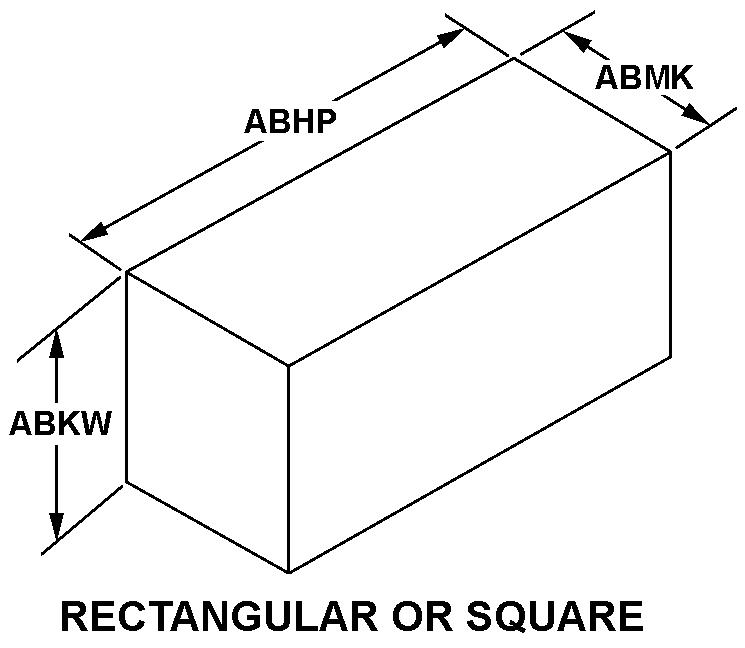5895013310635
Price Quote Get an up to date pricing and availability quote for this product. Order online or over the phone.
Quality Commitment
Serving our customers with quality and safety first.
- AS9120 Certified
- Audited supply chain
- ITAR Registered
- DDTC Registered
- HAZMAT Certified
- Customer service objectives
- Every product 100% inspected

5895-01-331-0635 Specification Set by the OEM (see RNCC code 3)
25.000in. ⁓25-1/64"
8.750in.
19.000in.
not rated
an/TRQ-42 (v) 1 radio set
rectangular or square
encased
module
solid state
47.0 single voltage and 440.0 single voltage
230.0 1st voltage
single
unit is a scanning hf receiver which scans all 14, 000 3 khz wide channels spaced 2 khz apart between 2-30 mhz; it dwells on each channel long enough to assess the received power level and determine the background noise level; each channel is revisited approximately every 20 seconds; the data thus collected is averaged over either 5 or 30 minutes, and is presented to the operator in a series of crt displays; such channel occupancy data is useful to the frequency manager of an hf system by indicating which frequencies are clear of outside interference
Cross Reference Parts Part numbers that meet the specification outlined on this page and set by the OEM
Identification Item Identification Guide (IIG) and Item Name Code (INC)

Definition Definition of approved item name (AIN): "MONITOR,RADIO FREQUENCY"
A receiver for reproducing radio frequency transmission without interfering with it. It is used for checking on the operation of a transmitter, having radio frequency output, with regard to quality, deviation from assigned bands, materials transmitted, etc. It may include remote indicators.
5895-01-331-0635 Material Hazmat, Precious Metals, Criticality, Enviroment, and ESD
Indicates there is no data in the hmirs and the nsn is in a fsc not generally suspected of containing hazardous materials.
Item does not contain precious metal.
Digital cpus, adp central processing units for computers. Represents only cpus that accept information represented by digital impulses. Specifically, a device capable of performing sequences of arithmetic and logic operations (a program) not only on data but also on the program which is contained in its internal memory (storage) without intervention of an operator.
The item does not have a nuclear hardened feature or any other critical feature such as tolerance, fit restriction or application.
Identification Codes
HMIC: Hazardous Material Indicator Code. A one position code that identifies a hazardous item.
PMIC: Precious Metal Indicator Code. A one position code which identifies items that have precious metals as part of their content. precious metals are those metals generally considered to be uncommon, highly valuable, and relatively superior in certain properties such as resistance to corrosion and electrical conductivity.
ESD: Electrostatic Discharge. Indicates if an item is susceptible to electrostatic discharge or electromagnetic interference damage. electrostatic discharge damage occurs when an accumulation of static electricity generated by the relative motion or separation of materials is released to another item by direct contact. electromagnetic interference damage occurs when an item comes into proximity with an electrostatic or magnetic field.
ENAC: Enviromental Attribute Code. Identifies items with environmentally preferred characteristics.
CRITL: Criticality Indicator Code. Indicates an item is technically critical by tolerance, fit, application, nuclear hardness properties, or other characteristics.






